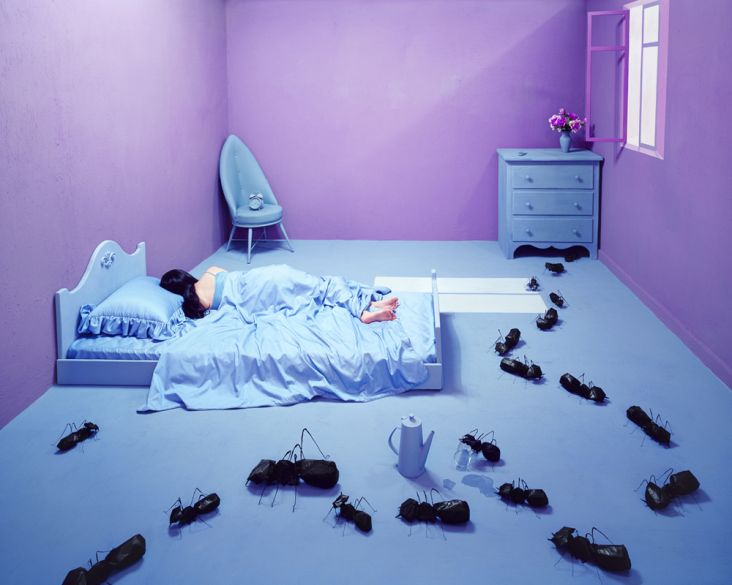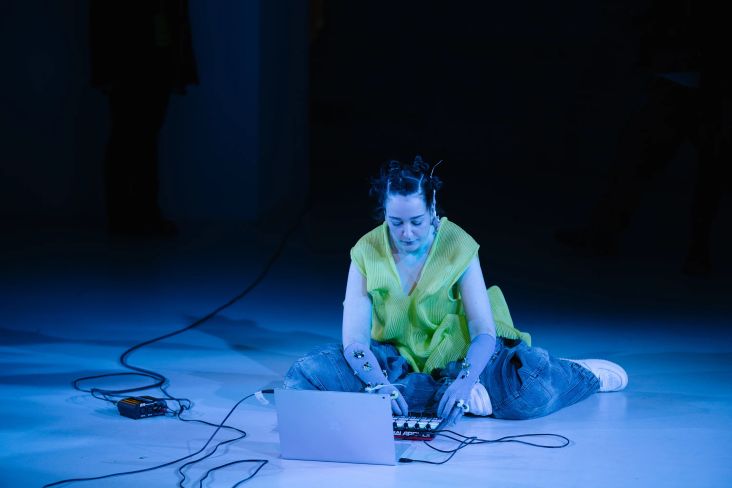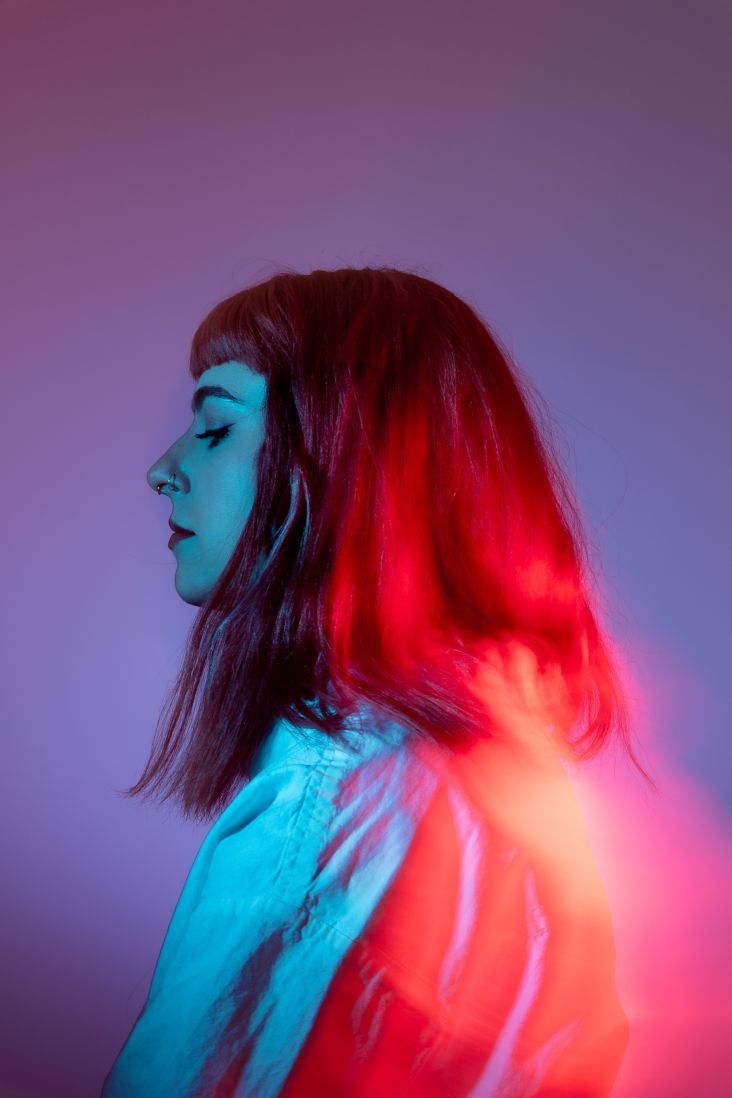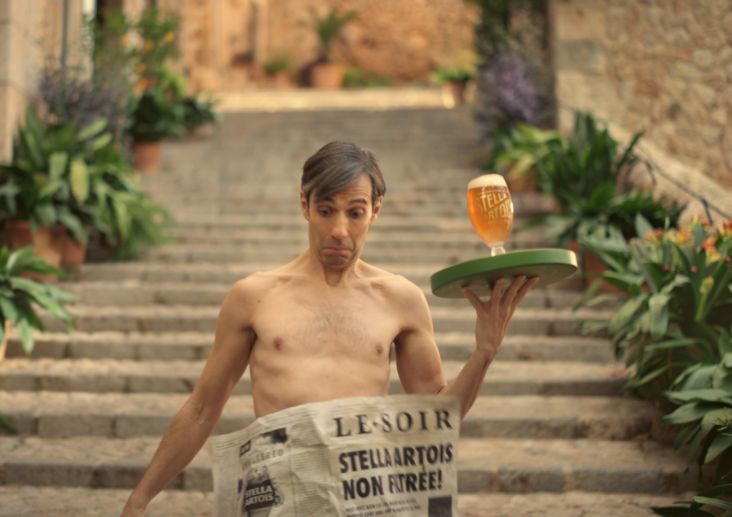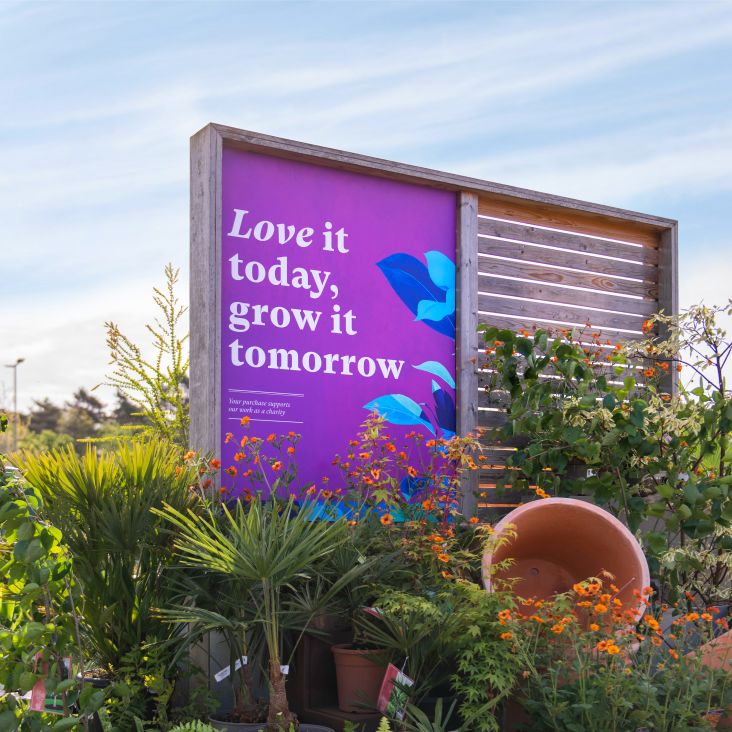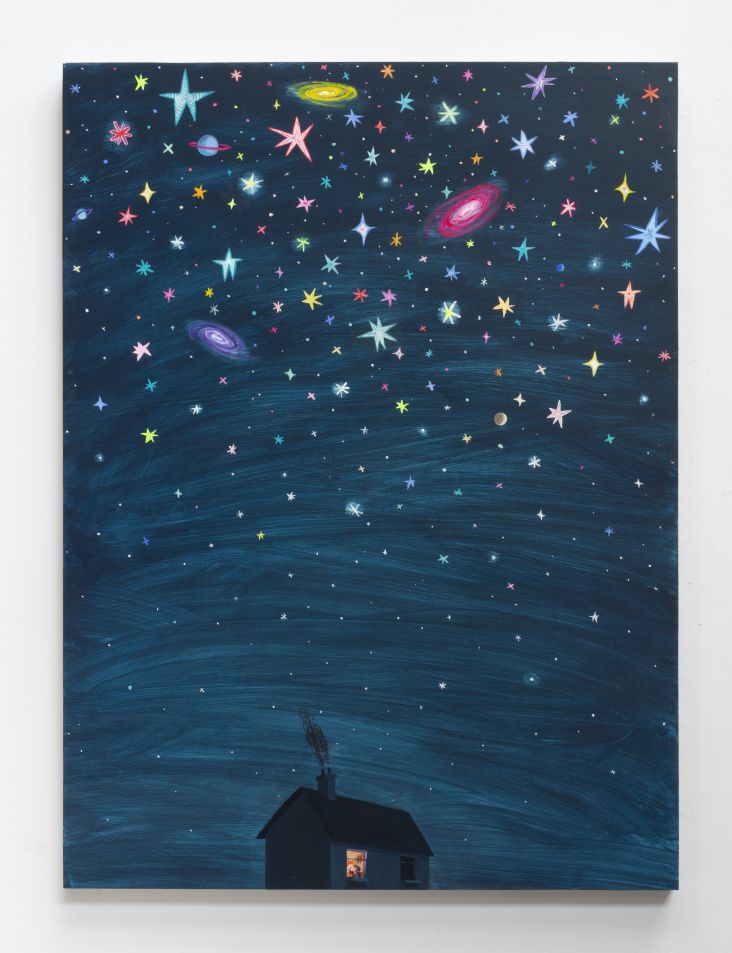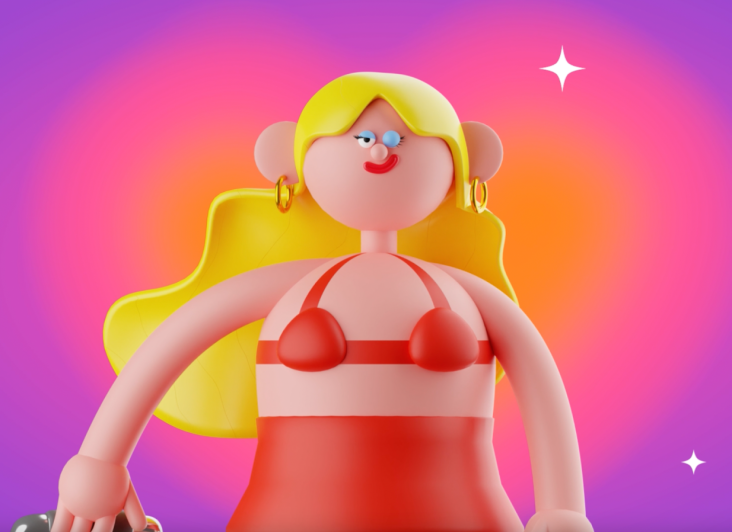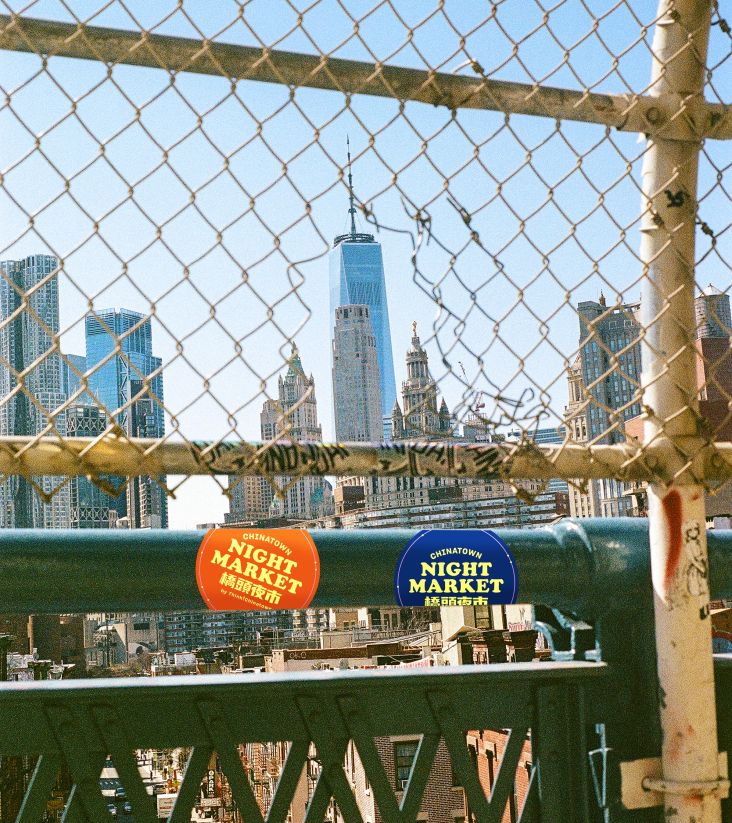Michelle Mattar of Practice on brand building in the post-lockdown era and donating Fridays to meaningful work
Think of a successful branding agency, and you might imagine a firm that lands as many big clients as possible, extracts the maximum commission, and then tries to juggle endless projects at once and at a madcap pace. But Practice, an independent creative consultancy based in New York City, couldn't be more different than that.
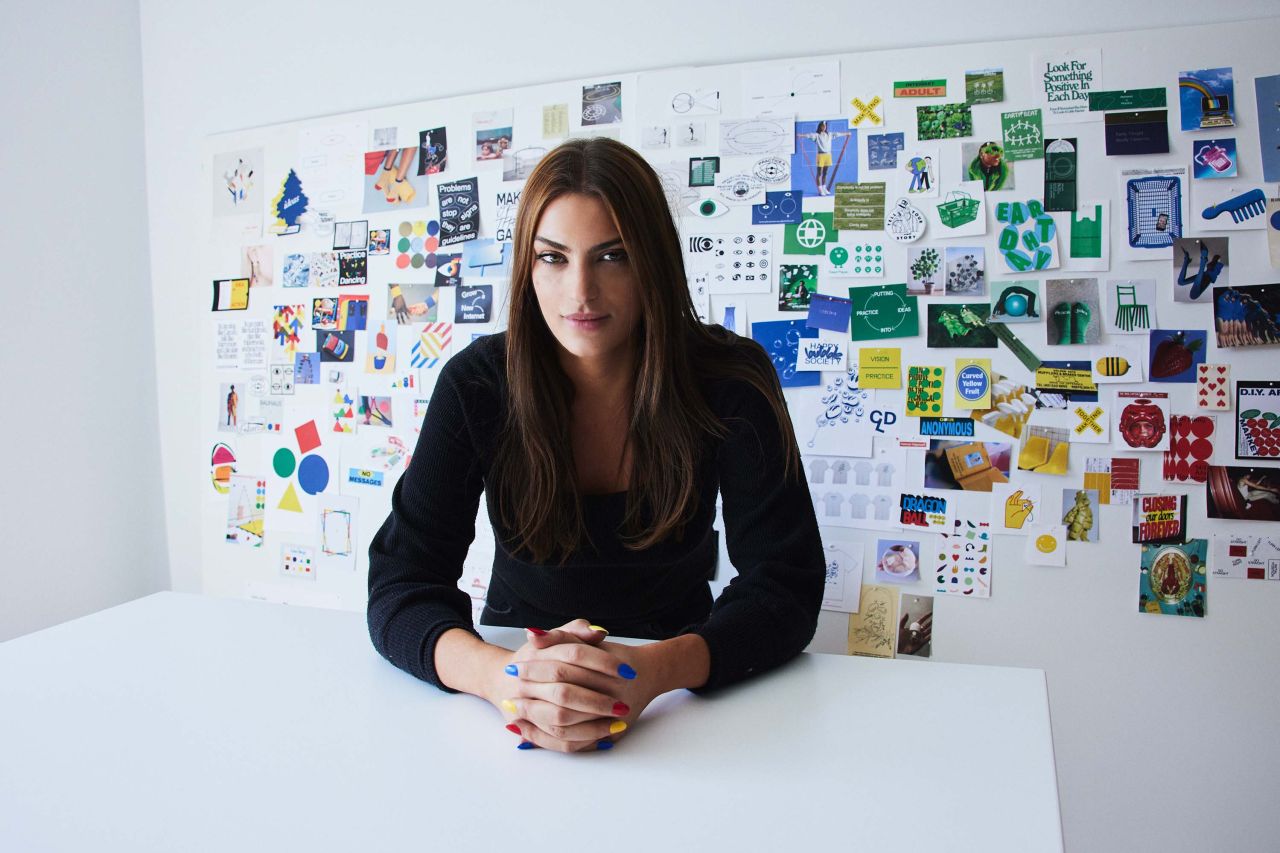
Michelle Mattar of Practice
A bit like the branding equivalent of 'Slow Food', the company prefers to take a more measured approach. By design, they dedicate themselves to just a few projects per year, so they can pay attention to every detail and deliver a better service. And they carve out time each week to donate their skills and expertise to meaningful causes, an approach that provides a wealth of benefits.
Practice was launched by Michelle Mattar in March 2020, after she'd spent five years designing and building brands from concept to launch, then scaling them as they grew. It currently has ongoing projects in New York, Melbourne, LA and San Francisco.
Practice is also known for creating the open-source website Waste Not, which offers a simple way to search a database of sustainable suppliers. We caught up with Michelle to find out more.
How has 2022 been for you so far?
So far, it's been a year of review. I've been working hard to lay good groundwork for Practice: it's still young but old enough to learn from experience, and it's been inspiring to look back and look forward.
Creatively, I feel like there's been a resurgence of curiosity lately, even though there's talk of burnout. I'm fascinated to see many conversations about change, especially in digital spaces. Questions like: what will the future look like? How will we engage with certain types of content in more meaningful ways? Is there a world where there's not one big, overwhelming internet but a smaller, personalised web?
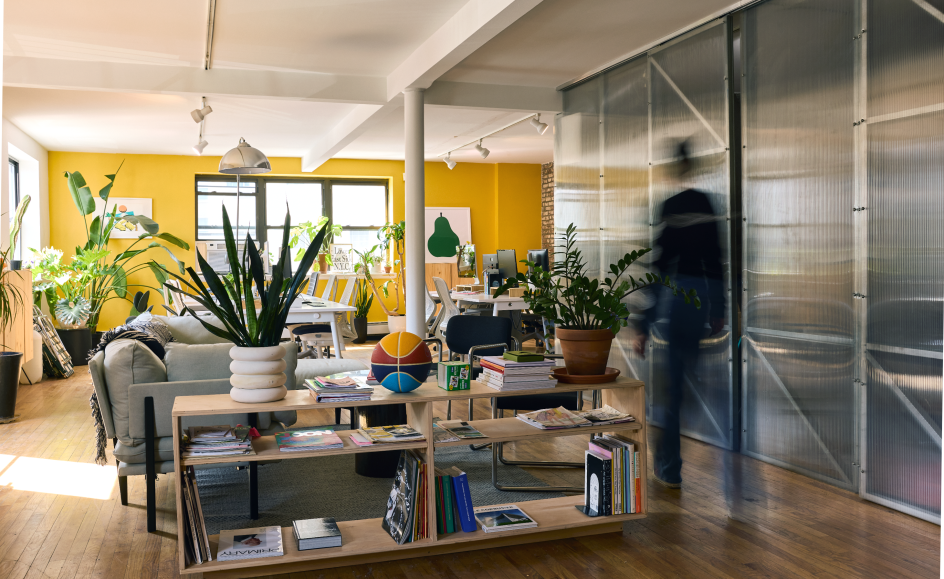
The Practice studio in New York City
Are you scared by new technology?
Change is always scary, but technology is a really powerful tool at the end of the day. Right now, we don't have a recommended serving size for our daily lives, and it can feel like too much at once. But if we can have better guardrails about how we use them for productive environments, I see a brighter future. I'm currently inspired by open source-style conversations, where people share IP on what they're building. The more we can do for a collective 'we versus me' will always be wonderful, not only for industry but also for humanity as a whole.
How has the pandemic changed things for you?
I see a big change in hiring and how people's goals are changing, and I see a shift in the clients we sign on. Both seem to be looking for ways they can build something they love, despite circumstances or challenges in the world that aren't ideal. I relate to that myself. We're all getting used to this new world, we're trying to discover who we are in it, and I think there's a little more thoughtfulness or consideration to how we move forward.
What's New York like at the moment?
With Covid-19, we were all online, and we couldn't network in the traditional ways a compact and creative city like New York traditionally allows you to do. But we found new ways to do that. Lately, I've noticed more of a sense of community. In the last few years myself, I've expanded my network in a meaningful way, even though I haven't necessarily been at networking events. I've found myself engaged in smaller communities, such as Twitter, Slack groups and meet-ups, where there's more specific support and empathy and understanding at this crossroads.
The thing that's crystallising is how important community is to me. As a small business owner, I've certainly leaned on that in the past. But recently, I've had this 'aha' moment: 'I need to build my communities more intentionally, sustain how we can mutually support each other, and that's going to lead me into the most fulfilling life I can have.'
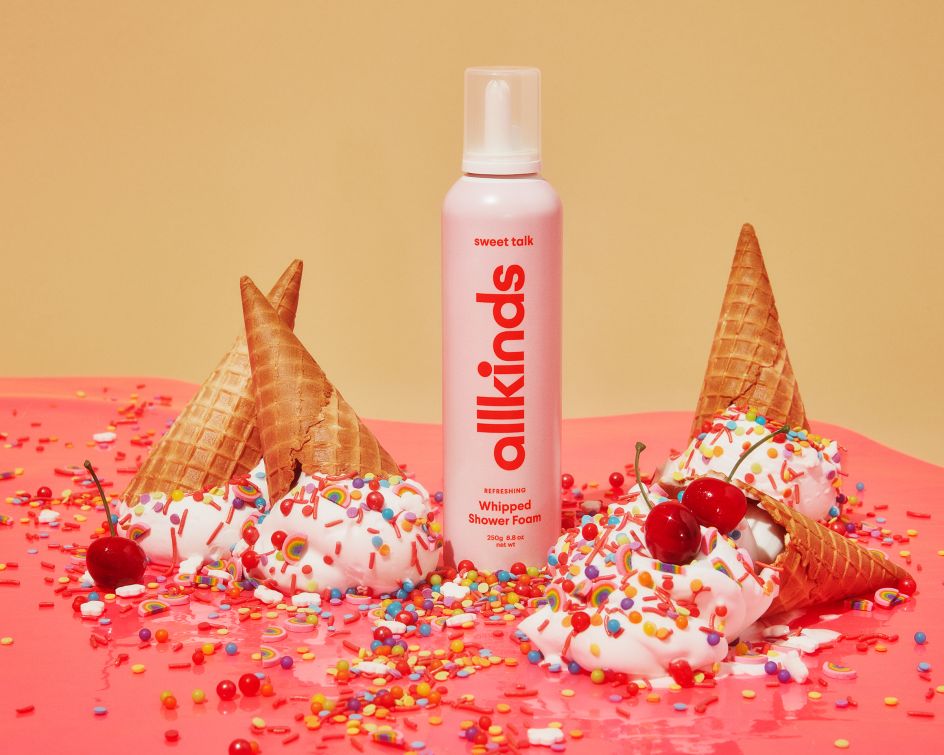
Allkinds © Practice
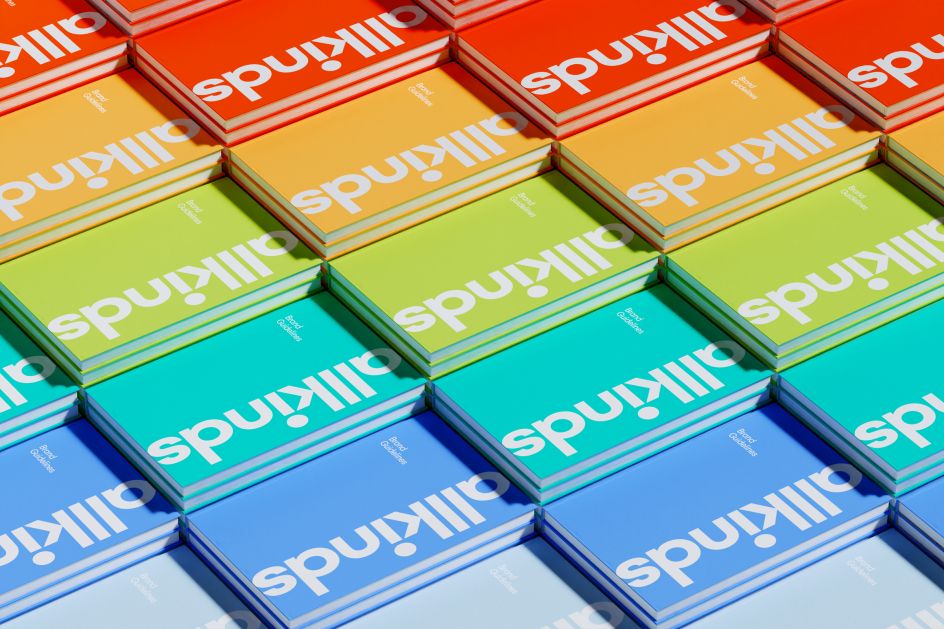
Allkinds © Practice
Beyond the visual communications aspect of branding, do you help in other ways?
Absolutely, my definition of brand building is not just about brand identity; it's about building an entire framework that scales with clear intent. We work on all aspects of building a brand, including helping people strategise their business. For example, we're helping one client research how they can build more passive income to better support their workers.
I was independently building brands for many years. Joining early on, I'd help founders paint the picture of what they wanted to do while they fundraised and then typically would be asked to sell the full brand thereafter. In the process, I got a profound empathy for what it actually looks like to run a business day-to-day and adapted my process to better suit these stages. I've built my practice and some of our processes around those learnings.
Do you employ staff or just hire support when needed?
In the last two years, I brought on a small team to support this work. I don't intend to grow my practice; it's important that there's visibility on all the road bumps and challenges so we can adaptively problem solve and build alongside clients. I like to think of clients as team members and being an extension of their team: working together towards a shared vision.
With the projects I lead, a typical timeline is around a year and a half. We don't take on typical 'design shop' scopes; we don't, for example, design a standalone website. We're here for a whole partnership, so we typically have no more than three to five clients at any one time.
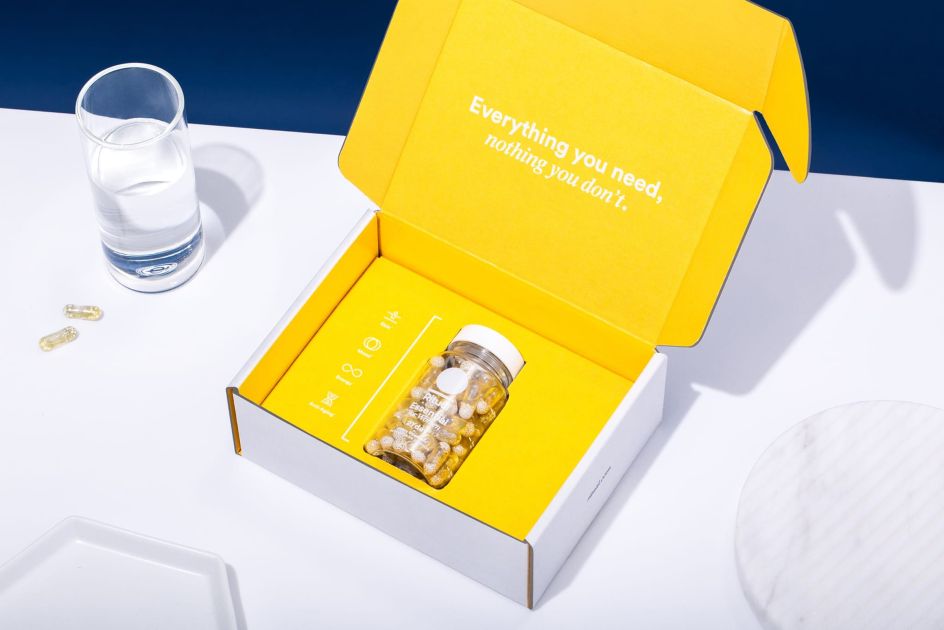
Ritual © Practice
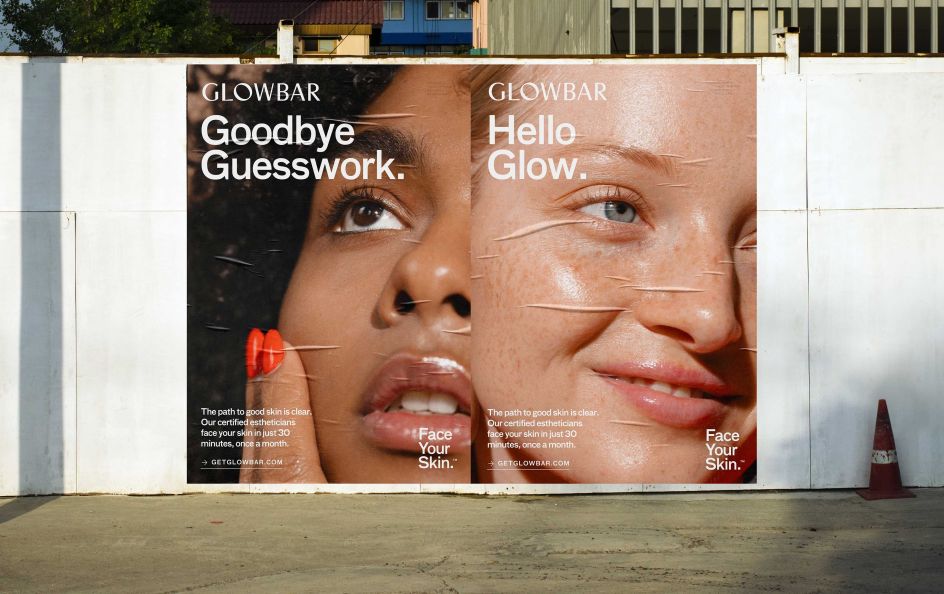
Glowbar © Practice
How did Waste Not come about?
When I was first working at an agency, I didn't feel as much direct responsibility for the impact of my work because I was one step removed from the inner workings. But once I was independent, I realised my responsibility to do thoughtful work, especially when it came to packaging.
I'll never forget the moment this one project launched: it was one of those 'home runs', the first weeks of sales. I visited them in the office and saw huge carts of packaging being loaded out. And I thought: 'Oh my goodness, what have I done?' I had prioritised designing beautiful packaging, not conscious packaging. And that was a turning point for me.
From that moment forward, I've attached sustainability research scopes to every project I've done that involved some physical good. And I've been creating this robust spreadsheet with resources and vendors for businesses to reduce their footprint.
I had to read a lot to understand what was actually sustainable or 'better', and I came to understand the inner workings of 'greenwashing' as I went. So I wanted to help educate other people too. For example, many things that say 'compostable' are not compostable: if they don't go into industrial compost and go into a landfill, they still end up with these microplastics in the ocean, they still take 100 years to break down, and I think there's a responsibility for people to educate on that. That's why I created Waste Not. I had built most of it, and my team jumped in to help me with the final steps to see it into the world. We then used our Fridays to research sustainability and, as an internal group activity, create marketing materials to spread the good word.
It's my passion project, and I was inspired by trying to bring levity to the subject matter because the waste crisis can feel quite helpless. For the illustration, I reached out to my friend Johnny Dombroski. We ideated playful characters for the experience. I didn't want it to be this negative, 'the world is burning' initiative. I want it to be a helpful tool that makes a difference and inspiring to engage with.

Commonry © Practice
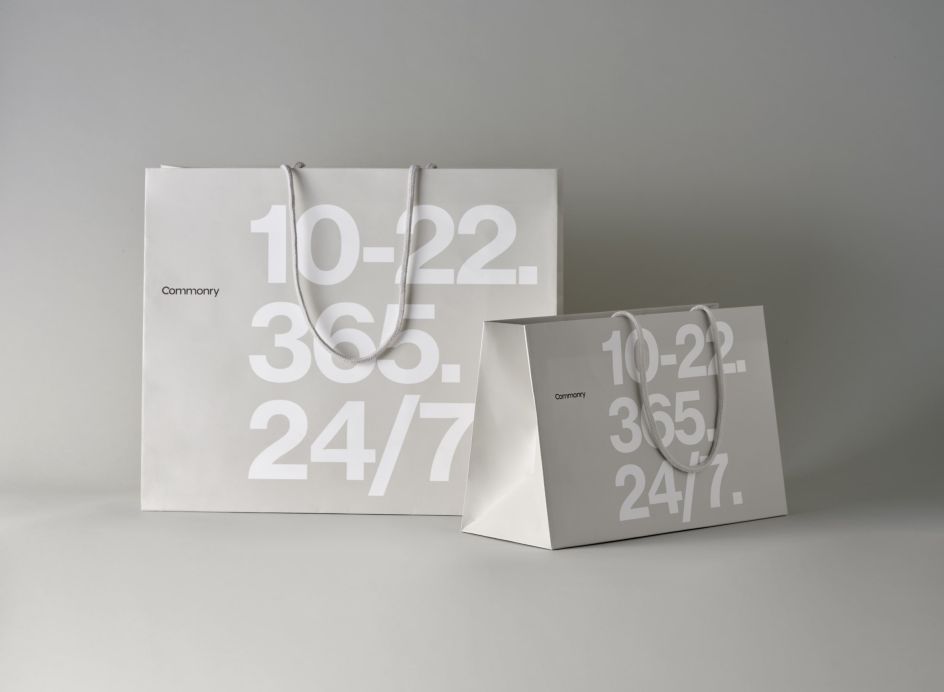
Commonry © Practice
Another recent project is the Outer Work Newspaper. Can you tell us more?
It's a guerilla print piece intended to raise awareness for anti-racism practices and Outer Work 's ideology of sustaining change through community and joy. The online platform was born after George Floyd's murder and quickly gained interest and a large member base. We reached out to its founder Lenea Sims, who, at the time, was dedicating most of her days to Outer Work, putting on hold her career as a life coach to do something bigger, even if not profitable. She was running it with a group of volunteers and an assistant, who was paid by monthly membership dues of non-BIPOC members actively seeking to continue anti-racism work. By then, many people had burnt out on media-driven and performative anti-racism practices, so we co-conspired on how we could shift Outer Work to help people create a sustainable, joyful practice around social change. That's when the idea for a newspaper came about.
The newspaper itself is comprised of an article that acts as "a very simple guide" on how to approach racial issues and conversations when you're worried about sounding racist or saying something wrong. The pieces highlight the initiatives of seven BIPOC community leaders whose work is being incubated in the Outer Work community. There's also a guide on how your skills can serve your community, a self-reflection worksheet, a list of "read, watch, listen" anti-racist resources, a letter from the editor on Outer Work, and, of course, a poster.
The majority of distribution and sharing on the project will be done over a few weeks, starting this month. After that, you'll be able to pick up a copy of the newspaper in locations around the United States.
Can you talk us through the newspaper's identity?
We intentionally set the newspaper in type created by black designers to highlight the work done by individuals like Tré Seals and Joshua Darden.
We also rooted our colour palette and imagery in references to community gardens. The result is a joyful palette featuring a rich brown (soil) instead of an inky black typically used in offset print pieces. A secondary palette of pastel tones of green (grass), blue (sky), yellow (sun), pink & lavender (flowers) helps us reinforce this metaphor.
These are illustrations on the back cover that seek to playfully illustrate and help normalise the many complicated feelings one might experience when committing to social change. Meanwhile, the Outer Work logo features an organically drawn 'O' and a 'W' that stack to create a flower. It's a symbol of growth and flourishing and a part of the community garden metaphor we cultivated throughout the editorial design.
Outer Work Newspaper © Practice
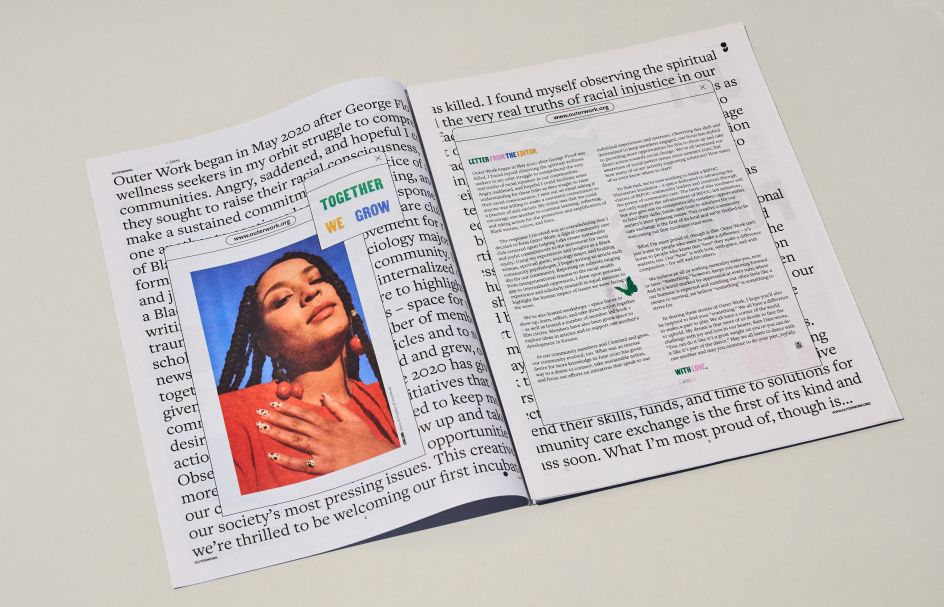
Commonry © Practice
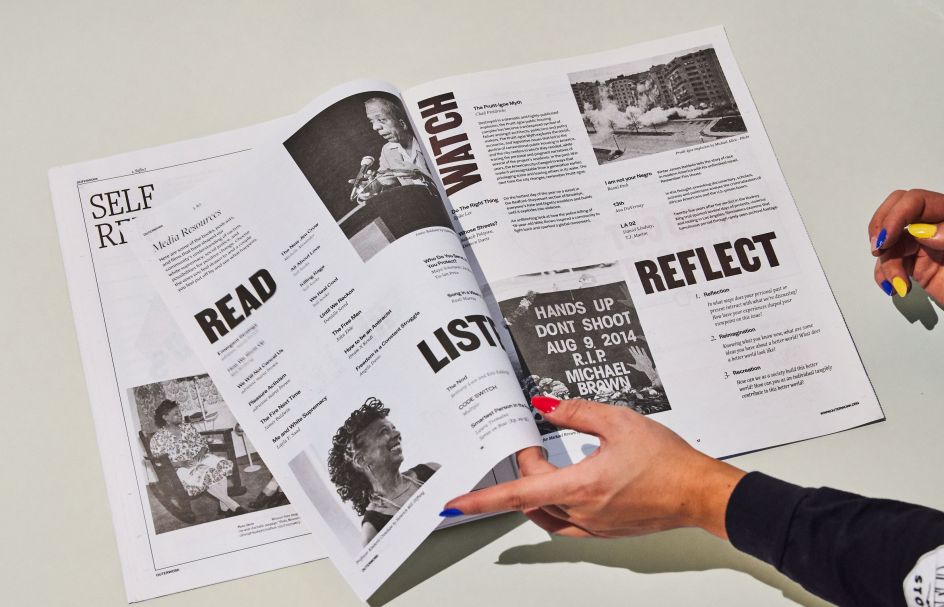
Outer Work Newspaper © Practice
Is it true you donated Fridays to complete the work?
Yes: at Practice, Fridays are what we call Dev Day, short for development day. It's a day we put aside to work on our own internal projects and non-client work. We initially used Dev Day to complete two projects: the first was to launch Waste Not. The second was to launch the studio's website with robust case studies. It was time for a new challenge. I knew the team had enjoyed using Dev Day to support a cause like Waste Not. My experience as a newly-minted small business owner made me realise that rather than make something for ourselves, I instead wanted to lend our expertise to someone who couldn't easily access it.
I had met Lenea Sims on a photo shoot set in Los Angeles and was inspired by the work she was doing with Outer Work. After consulting with the team, who were enthusiastic about elevating such a powerful BIPOC voice, I reached out to see if we could support her and the social change she was actively leading and encouraging.
Would you encourage other studios to do the same every week?
Creating the Outer Work newspaper was a team activity that not only encouraged us to have progressive conversations but encouraged everyone to step out of our roles to realise and produce something grassroots together. A guerrilla initiative like this, and the power of a small group of people coming together with a purpose, truly sparks creativity. Of course, we'd encourage other studios to do the same for whatever drives your team: your expertise and skills have so much value. So often, we don't realise how inaccessible these skills can be to initiatives that can really use them. Donating time and expertise can be just as impactful – and feel even more meaningful – as donating funds.
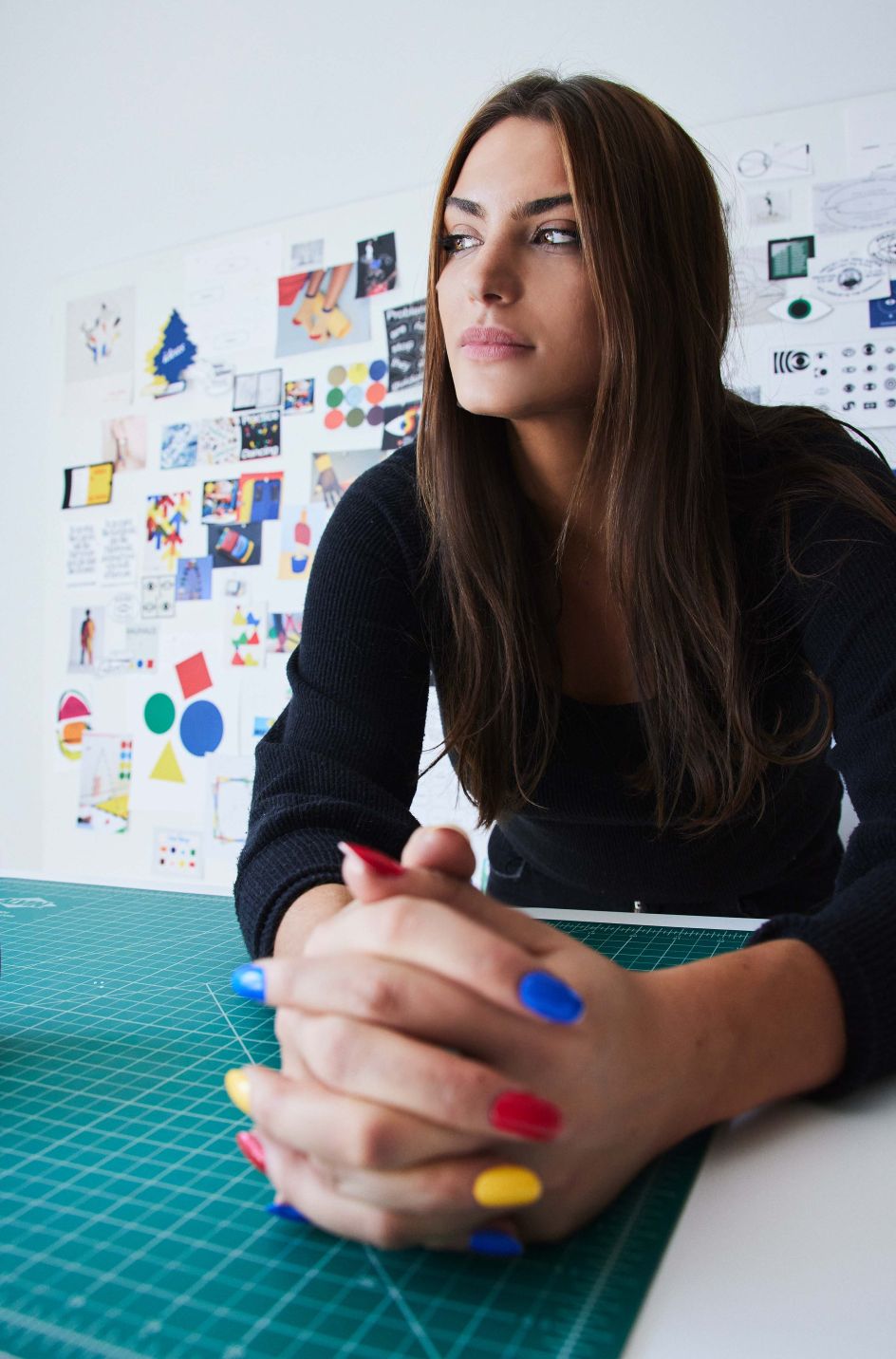
Michelle Mattar of Practice




 by Tüpokompanii](https://www.creativeboom.com/upload/articles/58/58684538770fb5b428dc1882f7a732f153500153_732.jpg)


 using <a href="https://www.ohnotype.co/fonts/obviously" target="_blank">Obviously</a> by Oh No Type Co., Art Director, Brand & Creative—Spotify](https://www.creativeboom.com/upload/articles/6e/6ed31eddc26fa563f213fc76d6993dab9231ffe4_732.jpg)








